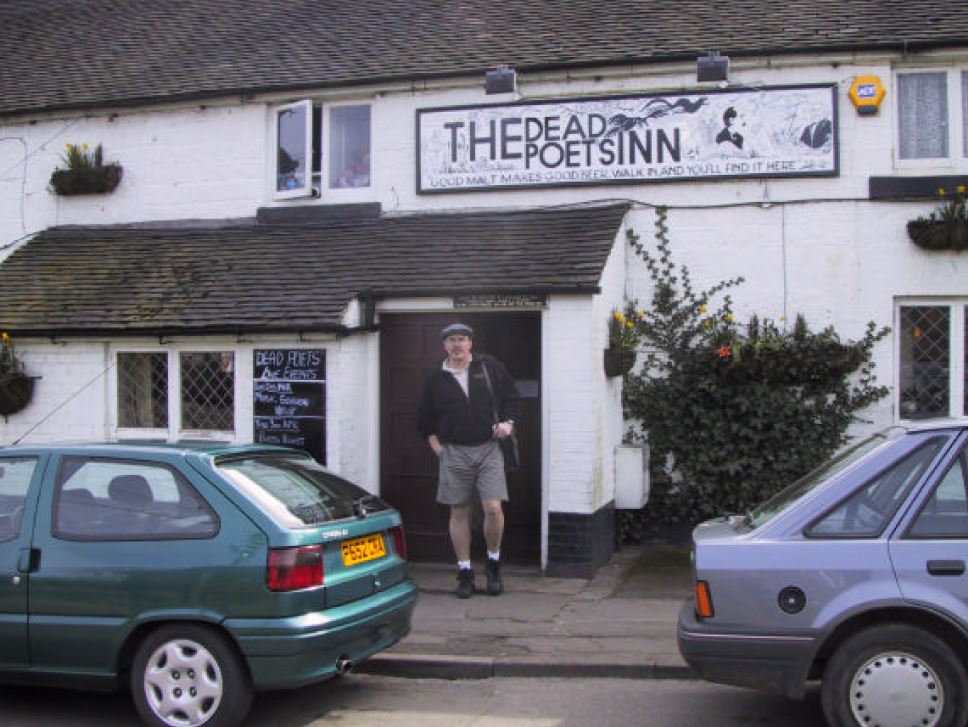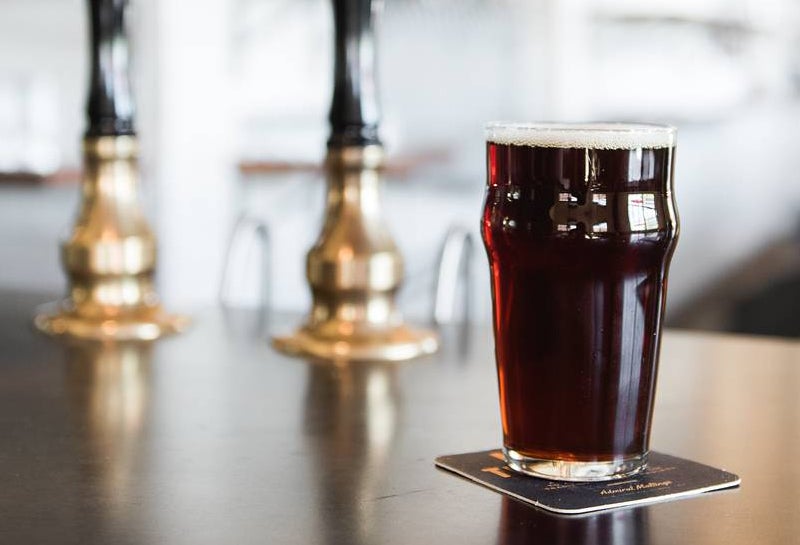
Suddenly it dawns on me that George Orwell’s most famous year is celebrating its 40th anniversary, although the book itself was first published in 1949, Of course, it’s Nineteen Eighty-Four.
“Orwell’s fear, incubated during the months he spent fighting in the Spanish civil war, that ‘the very concept of objective truth is fading out of the world’ is the dark heart of Nineteen Eighty-Four. It gripped him long before he came up with Big Brother, Oceania, newspeak or the telescreen, and it’s more important than any of them. In its original 1949 review, Life correctly identified the essence of Orwell’s message: ‘If men continue to believe in such facts as can be tested and to reverence the spirit of truth in seeking greater knowledge, they can never be fully enslaved.’ Seventy years later, that feels like a very large if.” — excerpted from Nothing but the truth: the legacy of George Orwell’s Nineteen Eighty-Four, by Dorian Lynskey (The Guardian).
But I’ve promised not to allow the continued hegemony of vapid-by-design hard seltzer to bring me down — has Newspeak ever been more brutal? — so let’s turn to one of Orwell less contentious topics.
In my view, the author’s description of his favorite pub is an English-language classic. “The Moon Under Water” is a compelling, dreamy vision, even if fictitious, and when I’m suffering from cookie-cutter chain migraines, it cheers me.
My favourite public-house, the Moon Under Water, is only two minutes from a bus stop, but it is on a side-street, and drunks and rowdies never seem to find their way there, even on Saturday nights.
Its clientele, though fairly large, consists mostly of ‘regulars’ who occupy the same chair every evening and go there for conversation as much as for the beer.
If you are asked why you favour a particular public-house, it would seem natural to put the beer first, but the thing that most appeals to me about the Moon Under Water is what people call its ‘atmosphere’.
Of course, we’re adults, even though gaming consoles probably have become standard equipment in retirement homes. We should understand that perfection is utterly unattainable, even if misguided restaurateurs continue to insist their meat is grilled “to perfection.”
No, it isn’t, because perfection does not exist. Rather, success accrues from the pursuit of perfection. As Deep Purple’s Ian Gillan once observed, “It’s not the kill — it’s the thrill of the chase.”
A few years back a survey in the United Kingdom undertook to compare Orwell’s traditionally atmospheric pub view with the rigors of modernity, and to update it. I think the 1940s ideal remains valid for a number of core objectives, which might be summarized by ambiguity: a “perfect” pub has to be a special one.
And, the process of identifying and delivering “special” is extremely difficult. If it were easy, everyone would be doing it. And they’re not, even if you’d think as much reading the tortured syntax of the typical corporate press release.
Forget live music and real ale – pubs need lipstick-proof glasses and non-sticky carpets, by Rebecca Nicholson (The Guardian)
George Orwell’s vision of the perfect boozer would be recognisable to many drinkers today, a survey has revealed. But what else might we find in a modern Moon Under Water?
What does Britain’s ideal pub look like? A YouGov Omnibus survey aims to assess which of George Orwell’s perfect-pub attributes, as immortalised in his 1946 essay The Moon Under Water, have stood the test of time. While some of Orwell’s stipulations have aged less well, such as the notions that stamps and aspirin should be available behind the bar, beer tastes better out of pink china cups, and liver sausage sandwiches and mussels make the best bar snacks, the picture of his fantasy drinking den would, on the whole, be familiar to us today.
Orwell mentions Stout in his essay, but make Mine Mild, and then keep ’em coming.
Mild had become the chosen restorative tipple of the working classes at the mills and down in the mines, and at one point after World War II it comprised 70% of Britain’s ale sales. As beer scholar Martyn Cornell notes in the accompanying video, many pubs were divided physically into separate bar areas, one for the shop floor to consume Mild, and the other occupied by management drinking pints of Bitter.
Today’s Brit digression is brought to you by a beer lover interested in the many aspects of beer, brewing and pub culture, not merely the ones measured by IBUs and ABV. I may be all alone on a drifting, rapidly diminishing ice floe, but then again, so are we all.
Anyone seen my Marmite?
—
Previously at Hip Hops:



















 Roger Baylor is an entrepreneur, educator, and innovator with 42 years of beer business experience in metropolitan Louisville as a bartender, package store clerk, brewery owner, restaurateur, writer, traveler, polemicist, homebrewing club founder, tour operator and all-purpose contrarian.
Roger Baylor is an entrepreneur, educator, and innovator with 42 years of beer business experience in metropolitan Louisville as a bartender, package store clerk, brewery owner, restaurateur, writer, traveler, polemicist, homebrewing club founder, tour operator and all-purpose contrarian.


